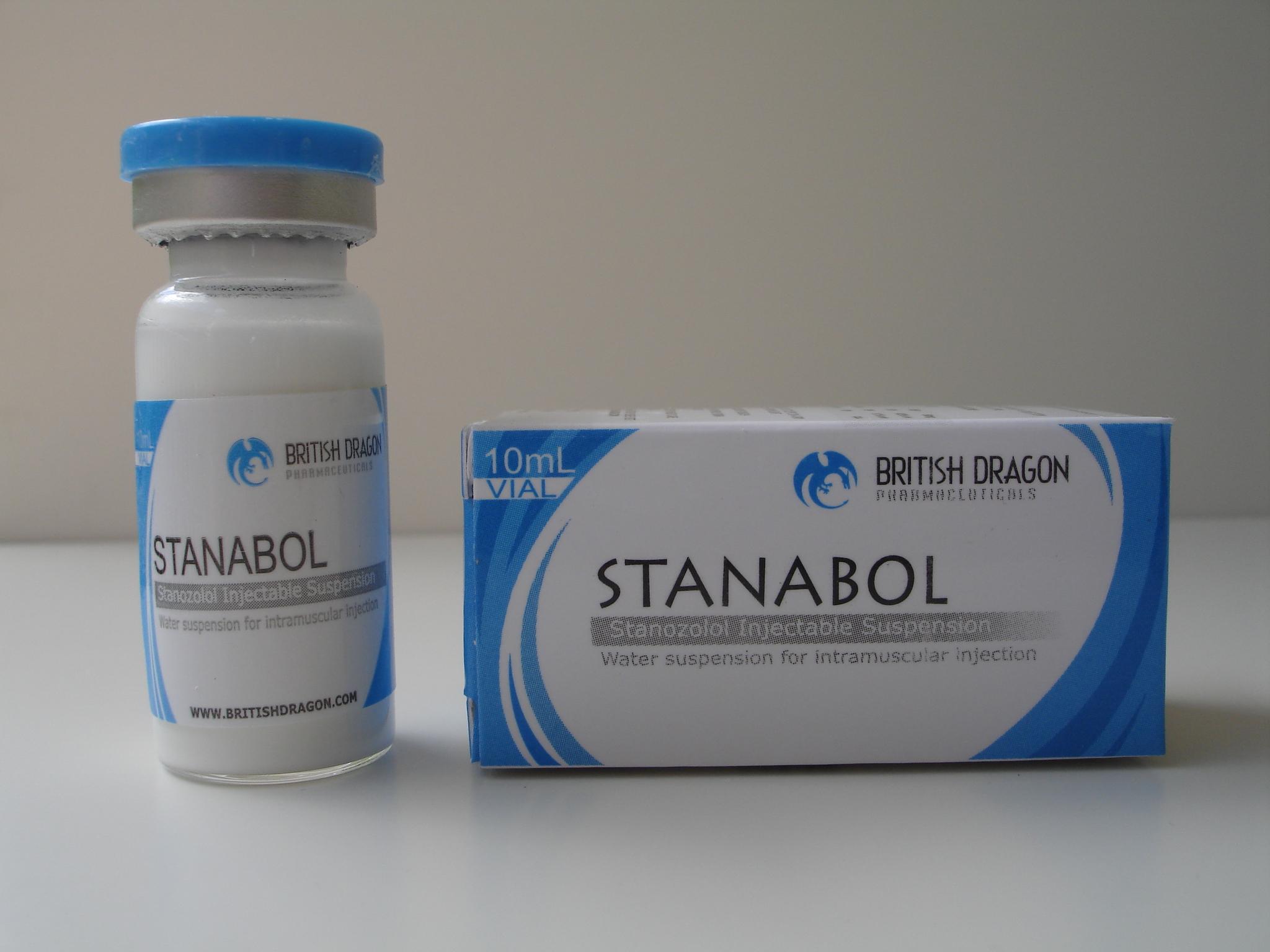
Winstrol (stanozolol) is a potent anabolic, but also binds to the progesterone receptor and to LAGS in the liver. In muscle tissue, Winstrol has been found to stimulate immediate-early gene expression by a means independent of the androgen receptor.
Stanozolol can stimulate the production of prostaglandin E2 and the matrix metalloproteases collegenase and stromelysin in skin fibroblasts. It has been found to inhibit growth factor stimulated DNA synthesis and fibroblasts. Winstrol has substantial fibrinolytic properties, and has been effective in the treatment of urticaria, Raynaud’s phenomenon, cryptofibrinogenemia, and lipodermatosclerosis. Stanozolol has also effected cures of osteonecrosis in cases resistant to all other therapy. Stanozolol has been used successfully in treatment of AIDS wasting syndrome.
Winstrol is also useful in treatment of hereditary angioedema. It is somewhat hepatotoxic, but less so than many other oral anabolic steroids. It influences some immunological processes. Stanozolol has been found to increase lymphocyte count and CD8+ cell numbers, but to decrease CD4+ and CD3+ in postmenopausal women using it for osteoporosis. This effect would plausibly be useful for treatment of autoimmune disorders.
Winstrol also lowers lipoprotein (a).
Stanozolol is the chemical name of active ingredient in Winstrol. Winstrol is a registered trademark of Sanofi-Synthelabo Inc. in the United States and/or other countries. Sanofi has licensed rights of Wnstrol to Ovation Pharmaceuticals.
About the author
Bill Roberts is an internationally-recognized expert on anabolic steroids and performance-enhancing drugs (PEDs). He received a bachelor degree in Microbiology and Cell Science and completed the educational and research requirements for a PhD in Medicinal Chemistry at a major American university.
Bill entered the nutritional supplement industry prior to completing his doctoral thesis but his education was invaluable so far as being able to design/improve nutritional supplement compounds, since it was in the field of designing drug molecules and secondarily some work in transdermal delivery.
His education was not specifically "geared" toward anabolic steroids other than expertise with pharmacological principles having broad applications. This has allowed Bill to provide unique insight into the field of anabolic pharmacology with knowledge of points which he would not have known otherwise.